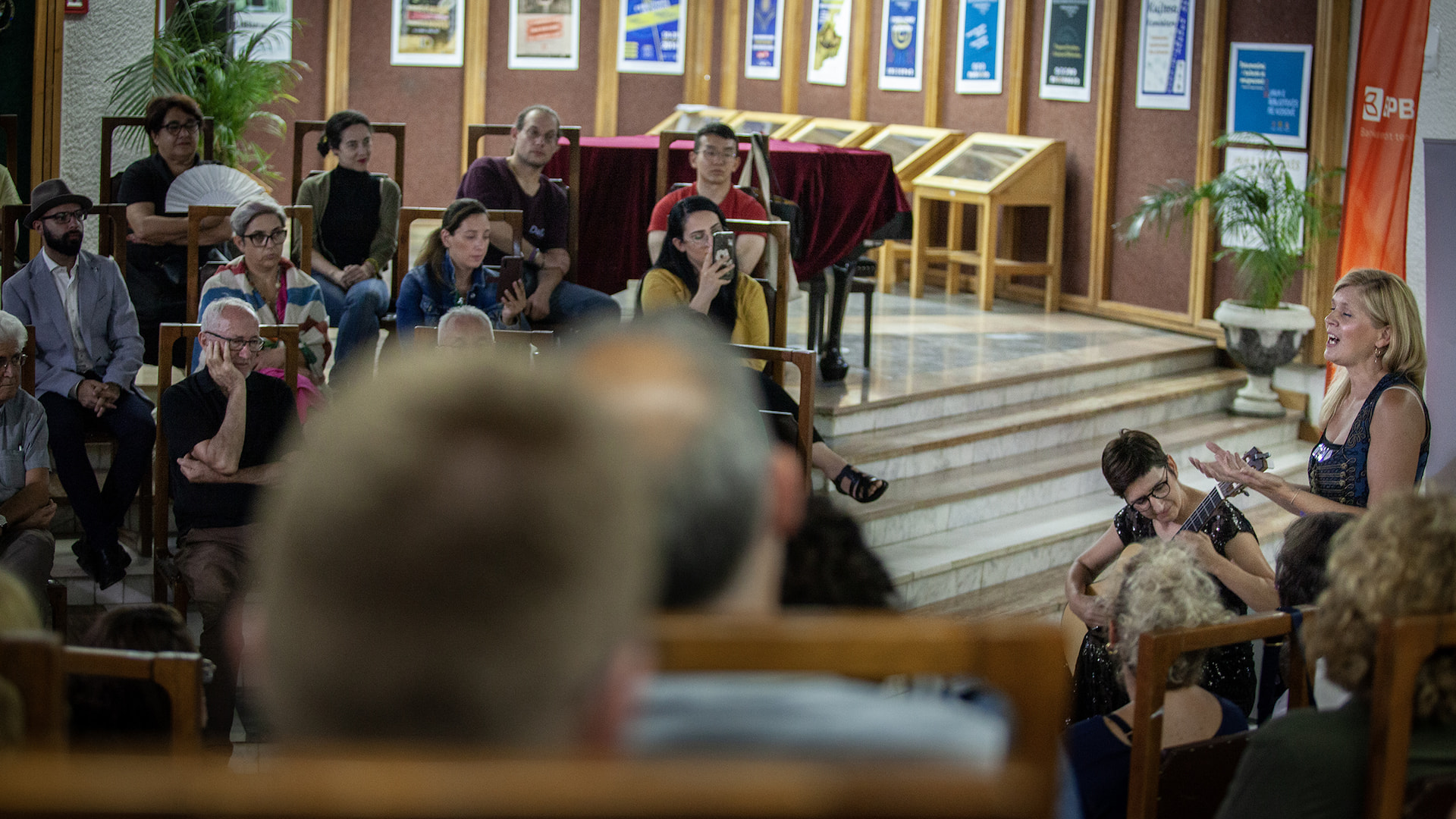
Forgotten songs of the Zadar Arbanasi
A musical project aims to preserve Dalmatian Albanians’ musical heritage by creating it anew.
|28.11.2023
|

Emily Gray
Emily Gray is a vocalist. She writes about music in the Balkans on her blog Emily in the Ottoman Ecumene.
This story was originally written in English.